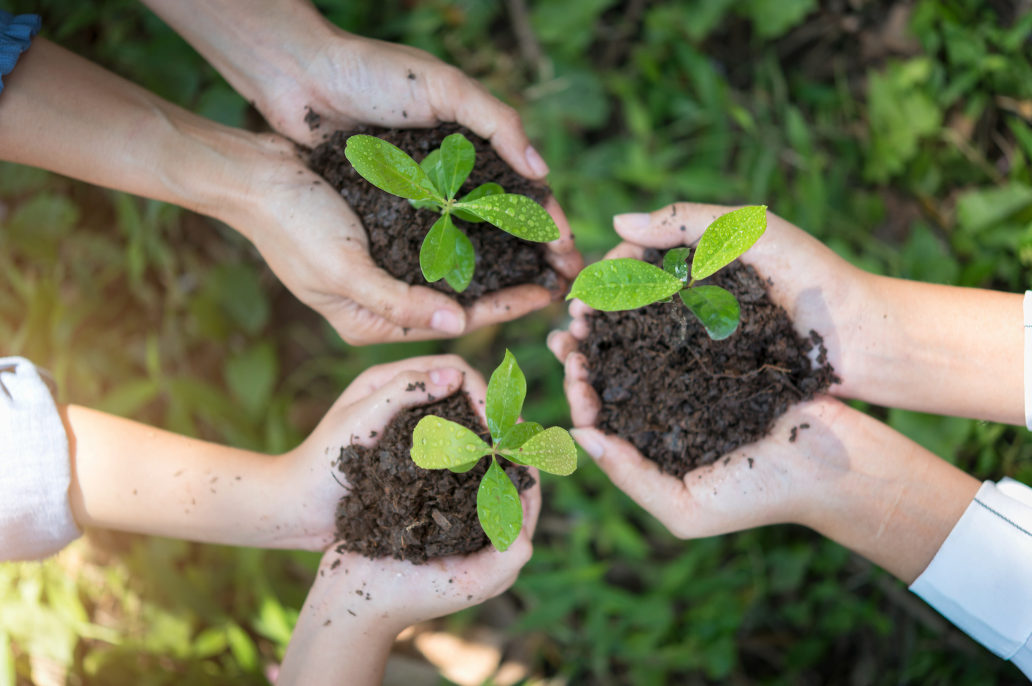When I met Matt, the man who became my husband and the Herbalogic CFO, he claimed there were three “meals” he could cook. quesadilla, spaghetti, and rice. The quesadilla consisted of microwaving a flour tortilla covered in shredded cheddar for 30 seconds and folding the soggy mess in half. The spaghetti involved cooking dried pasta, draining, and then dumping a half a jar of tomato-based pasta sauce. To be fair, he's very good at cooking pasta. And then there was the rice incident.
The first time I ever made stir fry for our dinner, I put him in charge of making rice. Now I learned the traditional way to cook white rice from one of my Chinese professors while I was in acupuncture school, so I have some rather fixed opinions on how to cook rice properly. And what Matt did not concur with those opinions.
My professor was very fond of saying, “It’s not what, it’s how.” This applied to cooking rice just as well as many aspects of traditional Chinese medicine. What did my professor put in rice? Just water, rice and a pinch of salt. But how did he make the rice? He started by carefully rinsing the rice to remove the extra starch. Then he added enough water to have two finger widths of water above the rice line. Add a pinch of salt. Place the covered pot on high heat until it boils, then cut the heat to low until the water is absorbed. Most importantly, do not mess with the rice while it is cooking.
What did Matt do to the rice? First, he measured the rice into pot and measured exactly twice as much water. No rinsing? No rinsing! Then he put the covered pot on the stove at medium heat. Over the course of the next 30 minutes, I watched him stir the rice every ten minutes. The final result was less like rice and much more like mortar that could have been used to tuck point the Great Wall. It was just a gelatinous glob of starch.
Very early in our courtship, it was clear to me that I would have to carry the balance of the culinary skills in our relationship. Henceforth, I have cooked the rice.
In both cases Matt and I used the same ingredients to make rice. Rice, water, and a pinch of salt. But it was how we prepared it that made the difference between yielding something delicious and something better suited to a construction project. Similarly, in the world of herbal medicine, how herbs are prepared makes a tremendous difference to the final outcome. There are examples of identical plants being used but prepared differently to yield completely different therapeutic effects, such as peony root. Similarly, there are occasions when the how an herbal formula is prepared makes the difference in efficacy, like adding mint leaves in the final five minutes of a decoction boil so as to preserve the volatile oils. And there are examples in the world of commercially prepared herbs where the extraction method yields differing end products. For example, high pressure steam extraction of herbs is very fast, but results in a very different product from a traditional long-soak water and alcohol extracted tincture (guess which one Herbalogic uses? Hint: not the one that would look better on the CFO’s financial statements)
My advice to anyone researching herbs: it’s not enough to ask what’s in it. You need to ask how it’s made.



